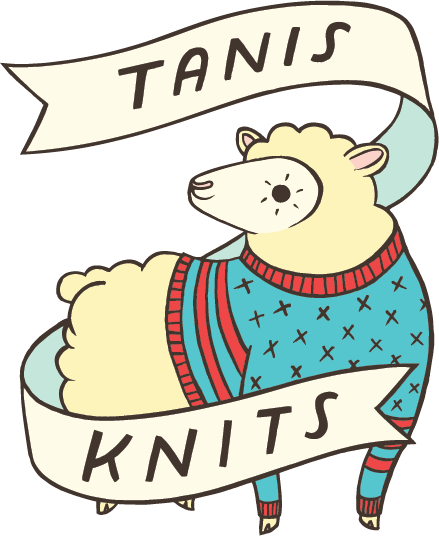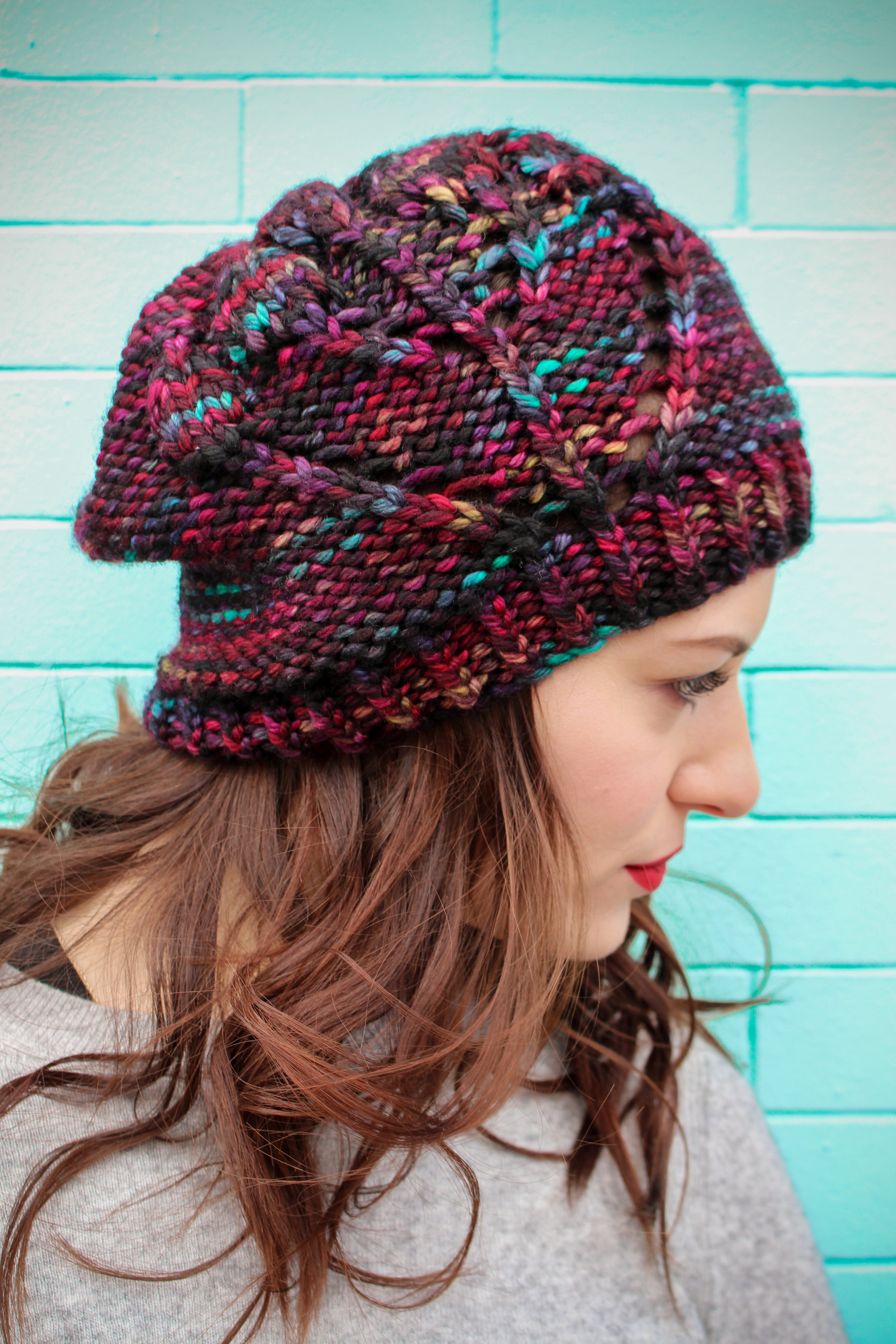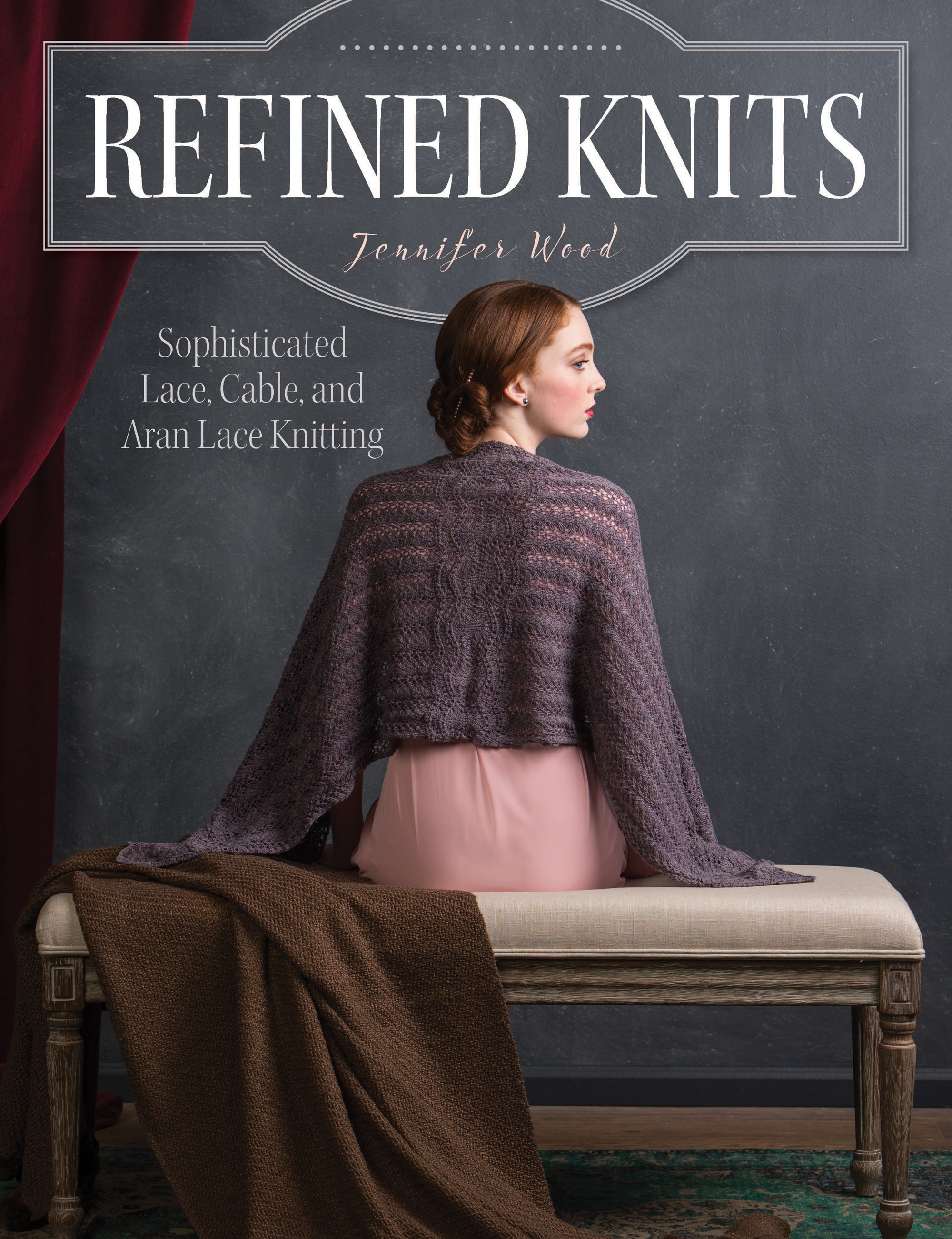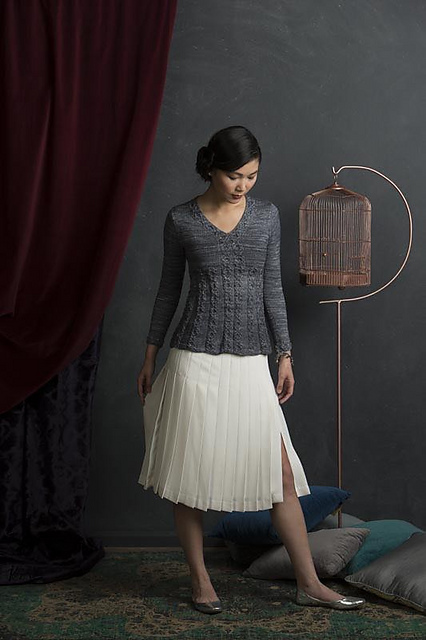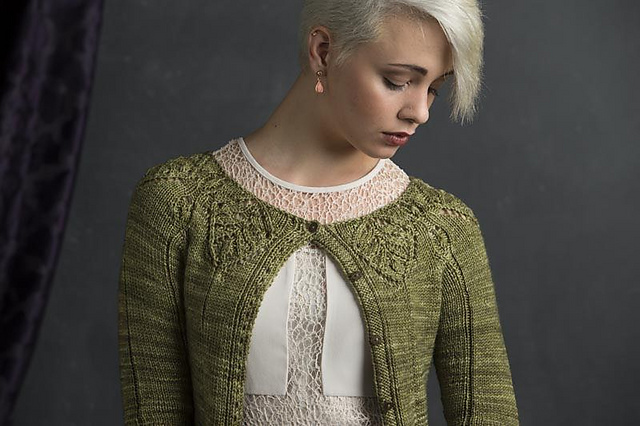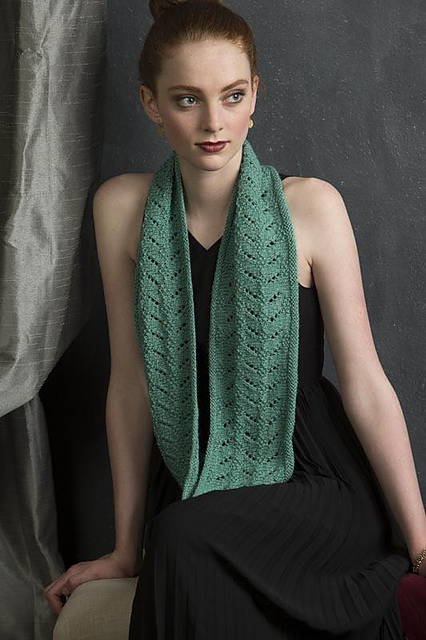UPDATE 3.18.16: Congratulations to winner, Hope! Hope, check your email! -----------------------
What is it about the lotus flower? Lovely, mysterious, elegant and fragile, these little beauties are always one of my favorites when we visit the aquatic gardens.
After a quick search, I found out that "Back in Egyptians times, the lotus flower was very important in their religion. Meaning creation and rebirth, it was a symbol of the sun, because at nightfall it closes and goes beneath the water and at dawn it climbs up above the water and reopens. It was the only plant to flower and fruit at the same time, as it would emerge as pure white from the depths of the muddy swamp and grow above the water. One myth that revolves around the lotus is during creation time a giant lotus flower grew out of a pond and from it the sun rose. Also, throughout ancient Egypt the lotus has been pictured in various works of art. It would act as a border to outline a section of artwork, or held in the hands of a god or human. The lotus was also used in their math, helping to count to high decrees. One lotus would act as 1,000 and two lotus as 2,000 and so on."
If you want to get more technical, our comrades at Wikipedia tell us, "Nelumbo nucifera, also known as Indian lotus, sacred lotus, bean of India, or simply lotus, is one of two species of aquatic plant in the family Nelumbonaceae. This plant is an aquatic perennial. Under favorable circumstances its seeds may remain viable for many years, with the oldest recorded lotus germination being from that of seeds 1,300 years old recovered from a dry lakebed in northeastern China. Native to Tropical Asia and Queensland, Australia, it is commonly cultivated in water gardens. It is also the national flower of India and Vietnam."
Perhaps it's the link between the history of needlework (one of the oldest pieces of crochet-like knot work was found in the Egyptian tombs on a pair of sandals) and the appreciation of it by ancient cultures that I decided needed to be transformed into a knitting design. While I was not named after this particular city (I was named after this painting), the Lost City of Tanis (yes, the one from the first Indiana Jones movie where the Ark of the Covenant was hidden) has always been special to me and my love of Egyptian history.
Another search reveals, "In 1939 a French archaeologist named Pierre Montet brought the city of Tanis into the 20th century after nearly a dozen years of excavations. He unearthed a royal tomb complex that included three intact and undisturbed burial chambers—a rare and marvelous find. The tombs held dazzling funereal treasures such as golden masks, coffins of silver, and elaborate sarcophagi. Other precious items included bracelets, necklaces, pendants, tableware, and amulets. Statues, vases, and jars also filled the tombs, all part of an array that still bears witness, after thousands of years, to the power and wealth of Tanis's rulers." Cool.
I'm pleased to introduce the Lotus Bud Hat, a women's hat knit up in less than 110 yards! I love the challenge of extremely limited yardage and for this topper you'll need just one hank of the gorgeous Dragonfly Fibers Super Traveller yarn. This color way, "firecracker," is one of my favorites from the Dragonfly ladies, but I've also knit it up in a solid for those who prefer a neutral version. Inspired by the lotus flower before it bursts into bloom, the lace pattern is set against a background of simple reverse stockinette.
The goal of this hat was to be a quick, pretty knit to use up some of those single hanks in your stash or the ones you've been eyeing at your LYS. Grab your US 10 16" circs and before you know it, you'll have your own Lotus Bud Hat. The pattern is both charted and written out and would be ideal for holiday knitting (don't laugh, now is the time to start!).
Let's give a copy of the pattern away, shall we? Answer the below trivia question in the comments section correctly and you'll automatically be entered in to win a free digital copy. A winner will be chosen at random on Thursday, March 17th.
What specific part of the lotus flower is often used to make tea?
Download the Lotus Bud Hat here.
